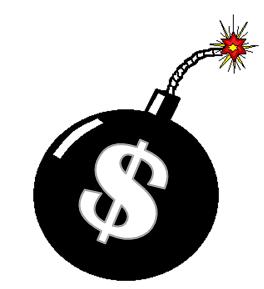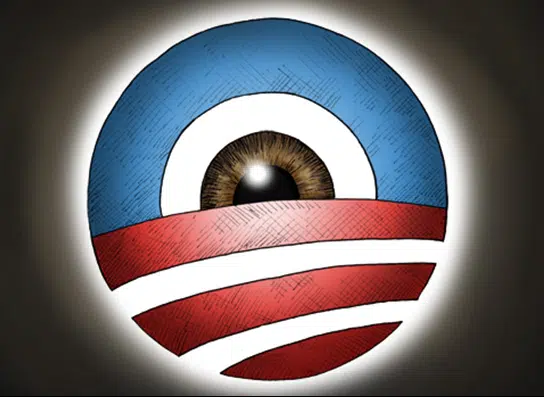As the partial government shutdown enters day 27, the longest in U.S. history, Congressional Democrats still refuse to even discuss funding the President’s proposed southern border wall expansion. And now, some analysts are warning that if the shutdown continues, it could lead to recession.
“Shutdown raises the risk of recession,” warns one headline from Politico.
“Slok Says Government Shutdown Could Cause a Recession,” warns another from Bloomberg, quoting Torsten Slok, chief international economist of Deutsche Bank.
“Jamie Dimon says shutdown could reduce economic growth to zero this quarter if it continues,” states CNBC, quoting J.P. Morgan Chase CEO Jaime Dimon.
But even taking the generous estimates of reduced output for granted, it’s hard to make the case that leaving the government shut down would on its own cause a recession, if you define it as two consecutive quarters of negative growth. The affected federal government departments and agencies in question simply do not spend enough money for that to be the case.
The U.S. economy nominal Gross Domestic Product was $20.7 trillion annualized in the last report from the Bureau of Economic Analysis.
Estimates on the partial government shutdown suggest about $2 billion every two weeks in withheld pay from affected about 800,000 affected federal workers, according to the Center for American Progress, who will be awarded backpay when it’s all over.
In addition, Bloomberg estimates about $245 million a day or $3.4 billion government contractors are not paid every two weeks.
Together, that works out to potentially $35 billion every quarter in diminished output, or $140 billion annualized.
Suffice to say, that would come out of GDP. Government consumption expenditures are defined by the Bureau of Economic Analysis as “Expenditures consisting of compensation of general government employees, consumption of fixed capital (CFC), and intermediate purchases of goods and services…”
But that still may not be enough to cause a recession, as it only accounts for 0.67 percent or 2.7 percent annualized of the $20.7 trillion GDP calculated on an inflation-adjusted, quarterly pace.
So, for it to erase all of the potential gains, the rest of the economy would have to grow at 2.7 percent or less in the first quarter. Anything more, say, it grows at 3 percent, then it will still be technically positive for the first quarter.
And after that, since government expenditures in the real GDP don’t tend to grow that much quarterly — they contributed about 0.2 percent to GDP growth in the third quarter — the U.S. economy would essentially shrug off the spending cut by the time the second quarter of 2019 rolled around as a new baseline for government expenditures was established, assuming the shutdown lasted that long.
Therefore, you wouldn’t see a recession, defined as two consecutive quarters of negative growth, if government spending is cut $35 billion in the first quarter.
Plus, since everyone would be awarded backpay anyway, the expenditures are simply being moved forward in time. So, what was not spent in the first quarter would be paid in the second quarter, in addition to all the expenditures that would have happened in the second quarter anyway.
The money is going to be spent in the end. Congress has already passed a law that will automatically award backpay when the shutdown ends anyway. But even if they weren’t, any slowdown, owing singularly to the government workers and contractors not getting paid should only be temporary.
Robert Romano is the Vice President of Public Policy at Americans for Limited Government.








